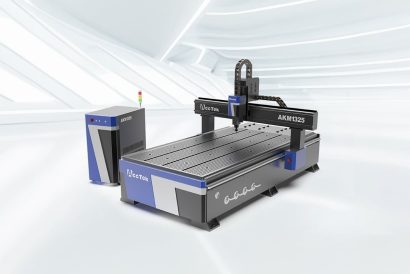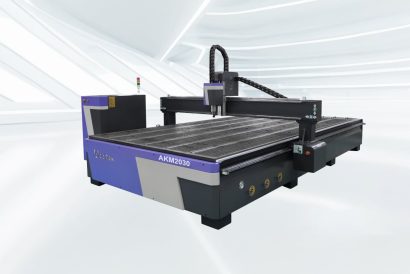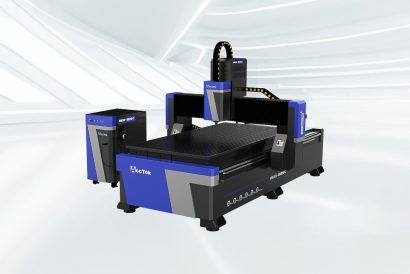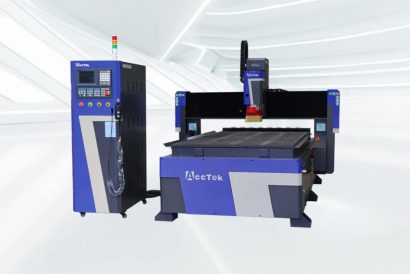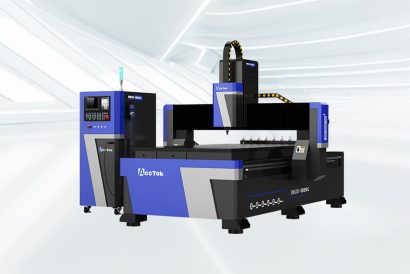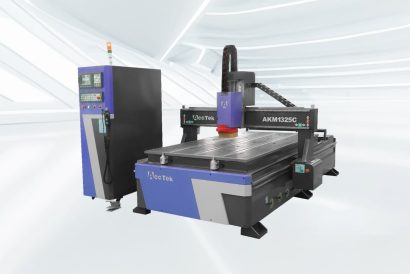Rubber
Types of Rubber That CNC Routers Can Process
- Natural Rubber (NR)
- Synthetic Rubber
- Silicone Rubber
- Neoprene Rubber
- Ethylene Propylene Diene Monomer (EPDM)
- Butyl Rubber
- Fluoroelastomers (Viton)
- Polyurethane Rubber (PU)
- Thermoplastic Elastomers (TPE)
- Ethylene propylene diene rubber (EPDM)
- Nitrile Rubber (NBR)
- Fluorosilicone Rubber
- Foam Rubber
- High-Density Rubber
Operations That CNC Router Can Perform on Rubber
Cutting And Trimming
CNC routers excel in accurately cutting rubber sheets into specific shapes and dimensions. Whether it's gaskets, seals, or custom profiles, the precision of CNC routing ensures clean, consistent cuts.
Milling And Engraving
CNC routers can mill rubber to create three-dimensional shapes or engrave intricate patterns. This is particularly useful in industries where customized or branded rubber components are required.
Drilling Holes And Piercing
CNC routers can be programmed to drill precise holes in rubber materials, which helps in the production of products such as grommets or parts that require perforations.
Dadoing And Grooving
CNC routers are capable of creating grooves or dados in rubber, which is useful in applications where a secure fit or specific geometry is required.
Prototyping And Molding
CNC routers play a vital role in the prototyping stage by making accurate prototypes of rubber parts before mass production. It can also be used to make molds for rubber casting processes.
Embossing And Debossing
For applications that require branding or identification marks, CNC routers can be programmed to emboss or deboss rubber surfaces with high precision.
Surface Finishing
CNC routers equipped with the appropriate tools can refine the surface finish of rubber parts. This helps produce smooth or textured surface rubber.
Multi-Axis Machining
Advanced CNC routers with multi-axis capabilities can create more complex geometries in rubber components, expanding the range of products that can be manufactured with precision.

